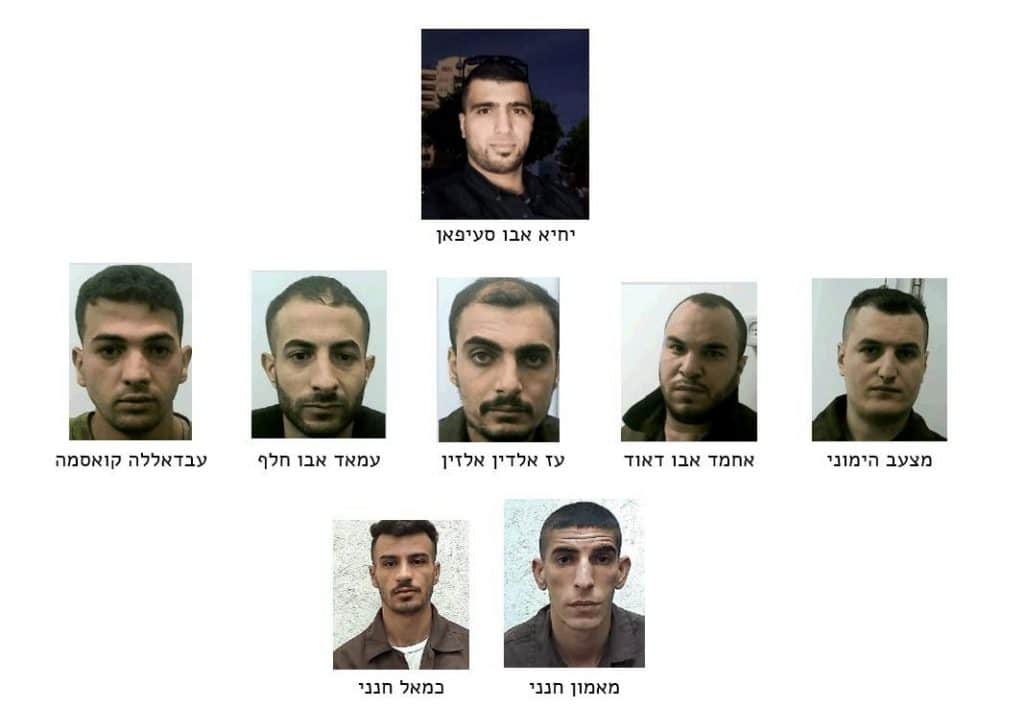
The Israel Security Agency (ISA) announced Monday the arrest of seven Hamas operatives suspected of planning attacks against Israeli citizens in the West Bank.
During the ISA’s investigation, it was discovered that the suspects were recruited by Hamas to launch shooting and bomb assaults. They were also supported financially to plan, train and carry out strikes, though the ISA did not reveal how the funds were transferred to the operatives.
According to the ISA, the operatives were in contact with Yahya Saifan, a member of Hamas in the Gaza Strip who oversees the recruitment of members abroad to carry out attacks and incitement. The ISA alleged Saifan trained the suspects in the production of explosives and gave instructions to carry out assaults.
The ISA named the suspects as Musab al-Haymouni, Ahmed Abu Daoud, Izz al-Din el-Zin, Emad Abu Khalaf and Abdullah Quasma as Hamas operatives from Hebron. Mamon Hanani and Kamal Hanani, from the village of Beit Furik, were also named in the ISA’s announcement.
The ISA said the suspects were arrested in September, though a FDD’s Long War Journal open-source analysis of some of the names published, reveals further information.
Palestinian social media reported Israel Defense Forces (IDF) troops arrested Abdullah Jihad al-Qawasmeh in Hebron on April 14. Later, on June 28, Palestinian media reported the IDF arrested a “former prisoner” Musab al-Haymouni. Lastly, on September 7, the IDF published a tweet saying it conducted an arrest operation in the West Bank which Palestinian media reported included the village of Beit Furik.
FDD’s Long War Journal cannot independently corroborate the information reported by the IDF and Palestinian media networks.
The arrest of the militants signals Hamas’ continued efforts to direct attacks against IDF troops and Israeli civilians during a major uptick in violence inside the West Bank. Since last year, militant organizations led by Palestinian Islamic Jihad (PIJ) and al-Aqsa Martyrs Brigades have strengthened their presence in several northern West Bank cities. Furthermore, they have established units loyal to the organizations in Nablus, Jenin, Tulkarm, and Tubas that regularly clash with IDF troops. [See FDD’s Long War Journal: Analysis: Understanding the Militant Groups Behind the Violence in the West Bank]
While PIJ and al-Aqsa Martyrs Brigades have taken credit for much of the strikes in the West Bank, Hamas stands to benefit the most during this period of significant violence. The weakening of Mahmoud Abbas’ Palestinian Authority coupled with instability created by the almost daily reports of assaults creates a narrative for Palestinians that a West Bank governed by Hamas is a viable alternative over the current authority whose influence erodes further each passing day.







